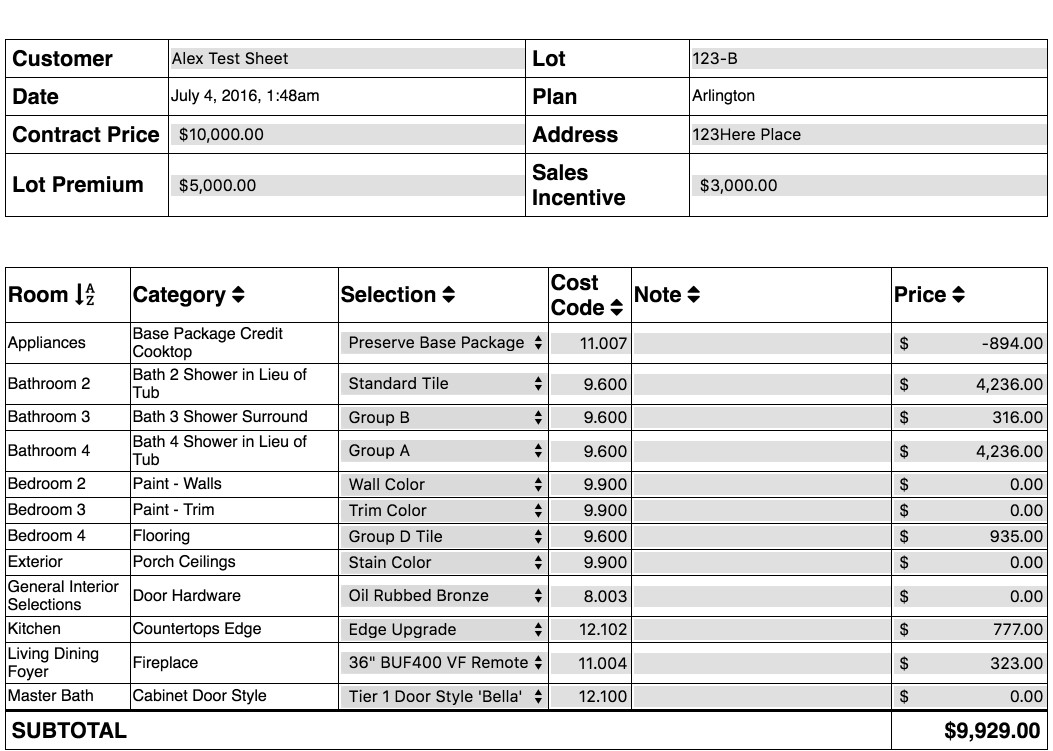Constructing a new home is an exciting journey, but it also comes with its fair share of challenges. For numerous individuals and families, the dream of building a tailored space from the ground up can feel overwhelming without a clear plan. From selecting the right floor plan to navigating licensing and financing options, every decision plays a crucial role in shaping your future home.
In this manual, we will explore the fundamental aspects of new home construction, helping you make wise choices that lead to a seamless building experience. Whether you are weighing the pros of building a tailor-made home versus opting for a prefabricated model, or trying to understand the complexities of the construction timeline, we aim to equip you with the knowledge necessary to tackle the hurdles and enjoy the process of creating your ideal home.
Building Process Summary
The path of building a new home is an enriching yet detailed process that involves several critical phases. It commences with careful planning and design, where you outline your vision and determine the parameters of your project. This stage is vital as it lays the basis for all subsequent steps, including selecting a location, setting your budget, and selecting the right floor plan that meets your lifestyle needs. Attention to detail during the planning phase can significantly affect the outcome of your home.
Once the design is finalized, the construction phase commences. Typically, this starts with site preparation and laying the foundation. From there, the framework of the house is built, followed by the installation of essential systems such as plumbing, electrical, and HVAC. The outside and interior finishes come next, allowing for customization features to be included, such as smart home technology and energy-efficient designs. Knowing what to expect during construction can help you stay engaged and informed throughout the process.
Finally, as the construction draws near completion, the focus shifts to fine-tuning the details. This includes the final inspections, ensuring that everything adheres to building codes and quality standards. Creating curb appeal through landscaping and making personal touches to the interiors are also part of this final stage. A well-executed final walkthrough checklist will help you spot any last-minute adjustments needed before closing on your new home. With thoughtful navigation through these stages, you can enjoy the rewarding experience of moving into a space that truly embodies your aspirations.
Financial Considerations
When you starting the journey of constructing a new residence, understanding the financial aspects is crucial. Longshaw Construction can erecting a new dwelling can vary significantly based on site, design choices, and the building materials. In 2025, those looking to build must expect increased costs in regards to workforce and materials, making it imperative to have a clear budget from the outset. Meticulous preparation and research can assist in identifying potential expenses, enabling builders to evade financial pitfalls later on.
Financial solutions will play a vital role in the home building journey. Understanding how to finance your new home construction necessitates investigating various loan products, such as construction loans that might carry diverse criteria when compared with traditional mortgages. Homebuyers need to get ready for variations in interest rates, as this can impact the final expenditure. By securing pre-approval and collaborating with experienced lenders, homeowners can enhance the financing experience, lessening anxiety throughout the process.
Surprise charges can be a trap in new home construction, so budgeting should include contingencies for unforeseen expenditures. Factors such as the clearing of land, hook-ups, and landscaping may raise the overall price tag if overlooked. By conducting thorough research and potentially consulting with professionals, homeowners are able to develop a more precise budget, ensuring that their dream home doesn't turn into a financial burden.
Design and Customization

When it comes to constructing a new home, style and personalization are essential aspects that reflect your lifestyle and preferences. Starting with the design phase, it's essential to choose a floor plan that suits your family's needs while allowing room for future changes. Choosing the right design features can create a harmonious flow throughout the home, making areas practical yet aesthetically pleasing. From open-concept layouts that promote social interactions to more traditional designs that provide distinct zones, the choice will greatly impact your daily life.
Taking into consideration the current design styles can additionally enhance your new home. In 2025, elements such as eco-friendly materials, smart home technology, and versatile spaces are becoming increasingly popular. As you consider options for your new construction, reflect about how these styles resonate with your dream for your home. Adding design elements like green solutions or open areas can not only contribute to aesthetic appeal but also improve functionality and reduce long-term costs.
Personalizing your new home gives you to infuse your personality into the style. This can be achieved through various means, such as choosing unique fixtures, exploring custom cabinetry, or even adding personalized landscaping. Working with New Home Builder in the Southern Highlands and designers will assist you find ways to tailor and enhance your space without going over budget. Ultimately, the goal is to create a home that not only meets your current needs but also serves as a representation of who you are.
